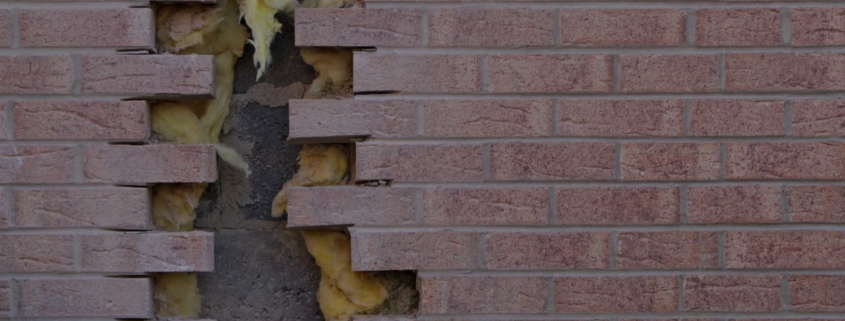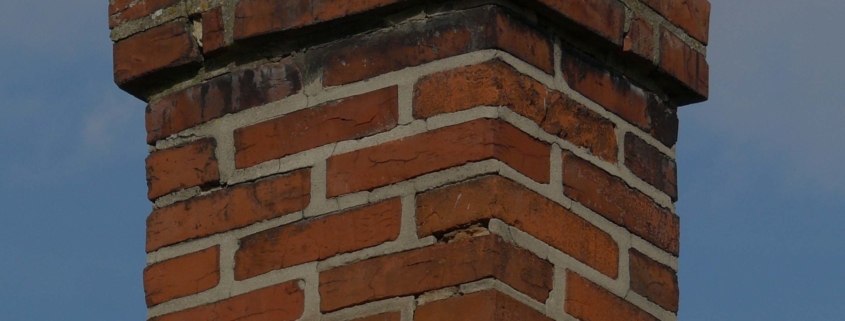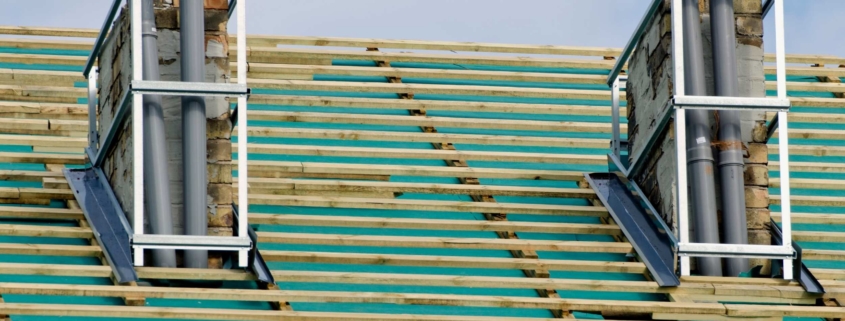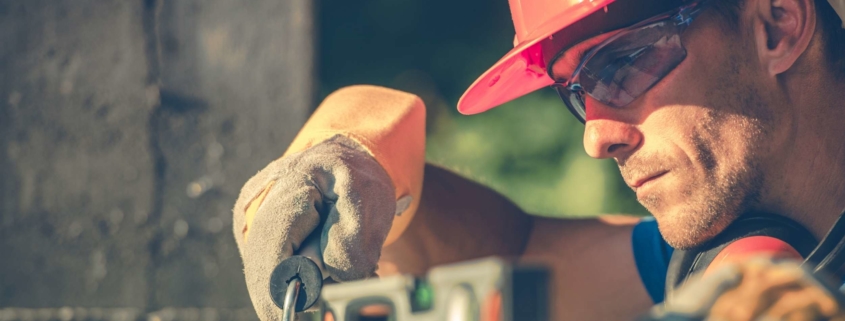6 Signs Your Brickwork is Already Beyond Repair
Brickwork is crucial to the integrity of your home, but over time it can be damaged by extreme weather conditions, physical abuse, and other factors. Whether you notice cracks running along the walls or other signs of damage, it might be time to fix your brickwork before more serious damage occurs. However, sometimes even a simple repair just wouldn’t do it. Check out the following signs that your bricks need a replacement.
Cracks on Corners
Cracks in the corner of a wall or on a building are common problems. Though it’s a little hard to do, try to touch the crack with your finger. A sharp and solid crack will feel sharp on your finger too. That kind of crack means a serious problem. Likewise, a diagonal line to the corner usually means that the foundation is not solid, so the wall is likely to collapse. Make sure that the crack has not deteriorated further before calling a pro to fix the problem.
Missing Bricks
Missing bricks from your wall can sometimes mean that your entire wall is about to collapse. If you notice that some of your bricks are missing, you may want to check for cracks around those areas. It is possible that the larger cracks have already been discovered, and the bricks were already removed to prevent problems.
Bad or Loose Mortar
Loose or bad mortar can be a sign of a more serious problem. It’s a sign that your wall is not properly tied to the foundation of your home. It can also mean that your foundation has shifted or is no longer solid. It’s a sign that a professional should look at it, so never wait for the problem to get worse.
Crumbling of Stucco or Plaster
Plaster and stucco are common in old homes or in homes with Mediterranean-style architecture. They can last for over a century, but if cracks start to form, it’s a sign that your wall is too weak to support your home. It’s a sign that a professional should look into it and make sure that the wall is properly tied to the foundation.
Mildew on Bricks
The presence of mould or mildew on your bricks indicates that there is something honeycombing your bricks. It’s a sign that you need to look deeper into the problem. Mould is often a precursor to serious damage like mud and drywall damage, as well as termite damage. The most effective solution for mildew is to replace your bricks entirely.
Overall Deterioration
It is easy to hide the imperfections of a wall just by putting a coat of paint on it, but even that won’t cover everything. Old and worn-out bricks can be an eyesore, but they can also be a sign that your home is about to collapse. The wall may be too weak to support the roof, especially if it’s a large home. Make sure that you get a professional to look into it as soon as possible to prevent any bigger problems.
Conclusion
If your brickwork is damaged, it’s best to immediately have it repaired before it gets worse or, better yet, replace the bricks if necessary. The longer you wait, the more you’ll pay, and you might have to pay a lot more to fix the problem. Consider hiring a professional if you notice any of these signs and if you aren’t sure what the right solution is.
Red Robin Masonry is an award-winning company with over 30 years of experience as a contractor. Whenever you need brick repair services in Toronto, our team is here to help. Contact us today to request a quote.




